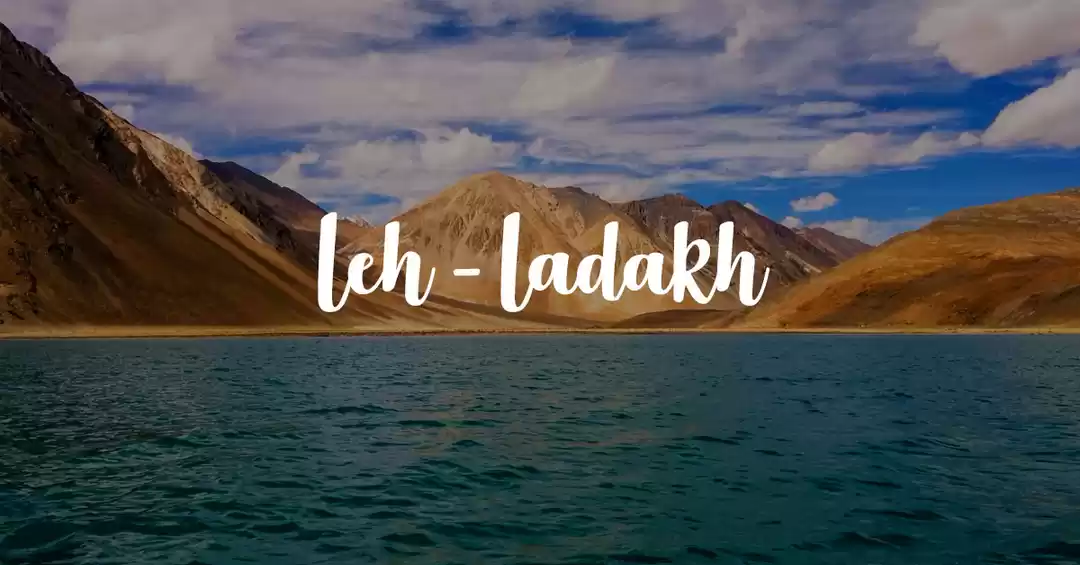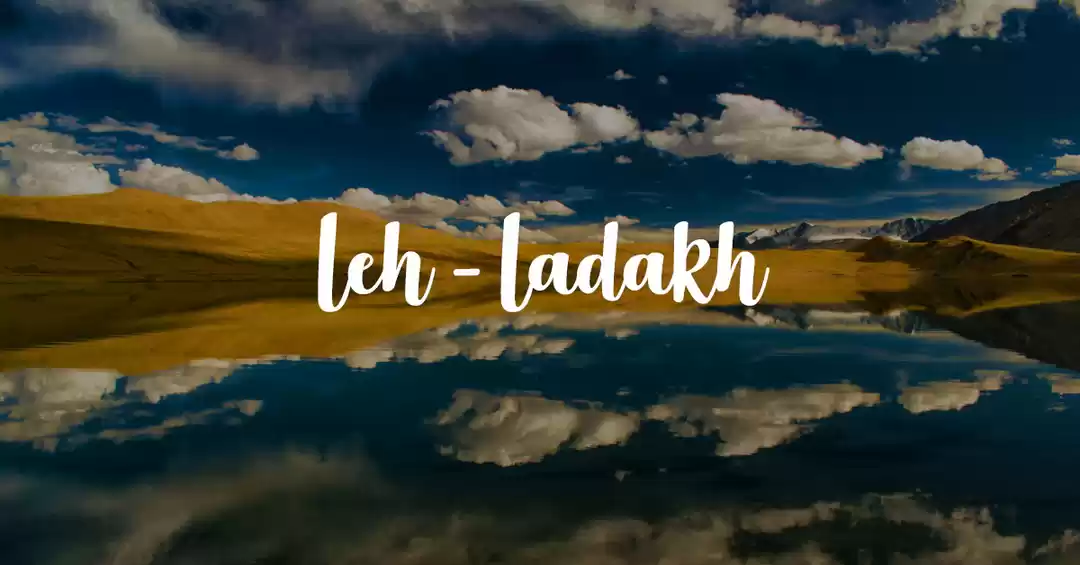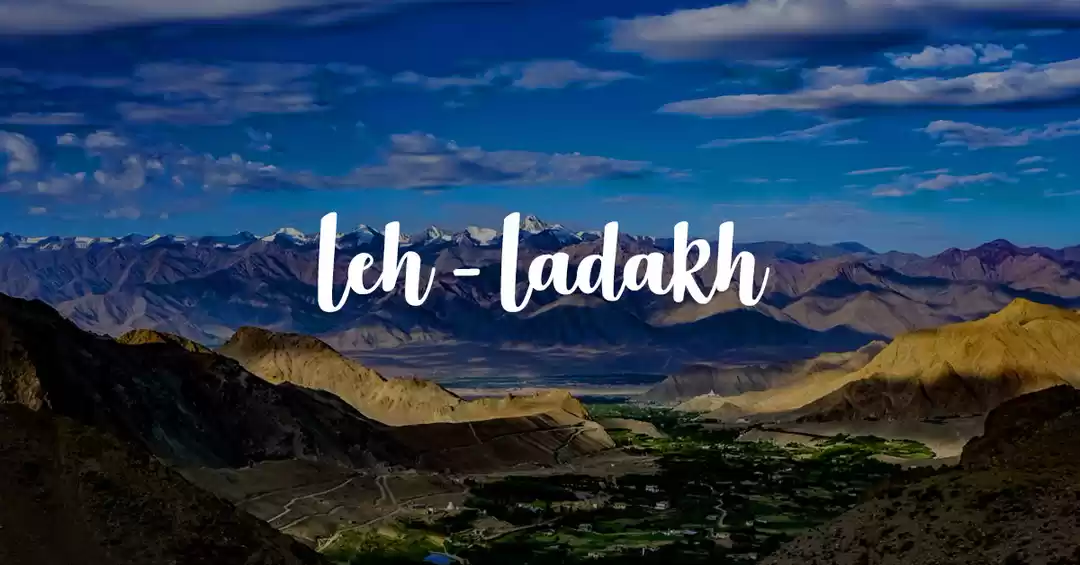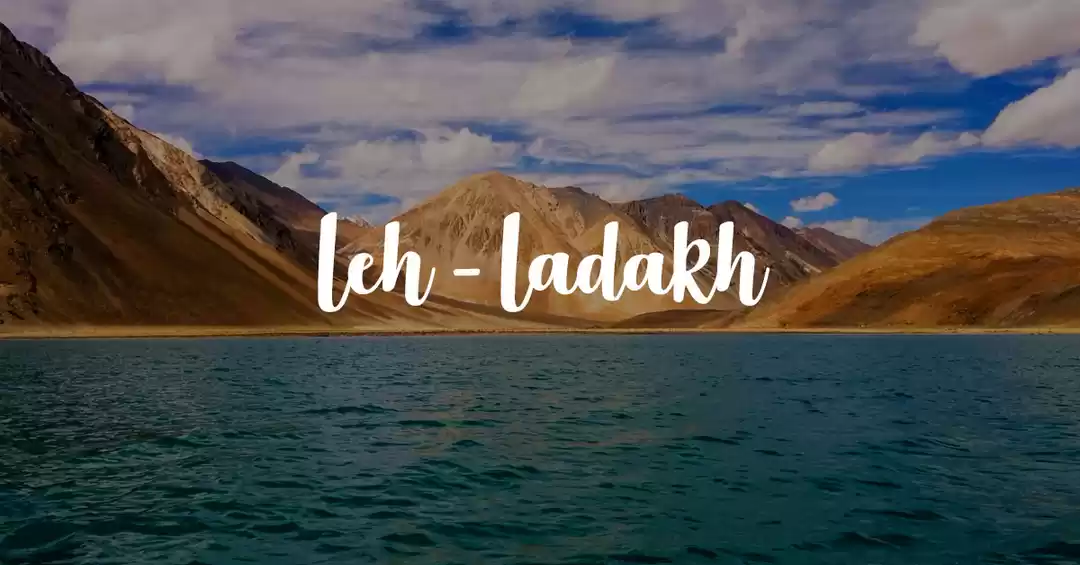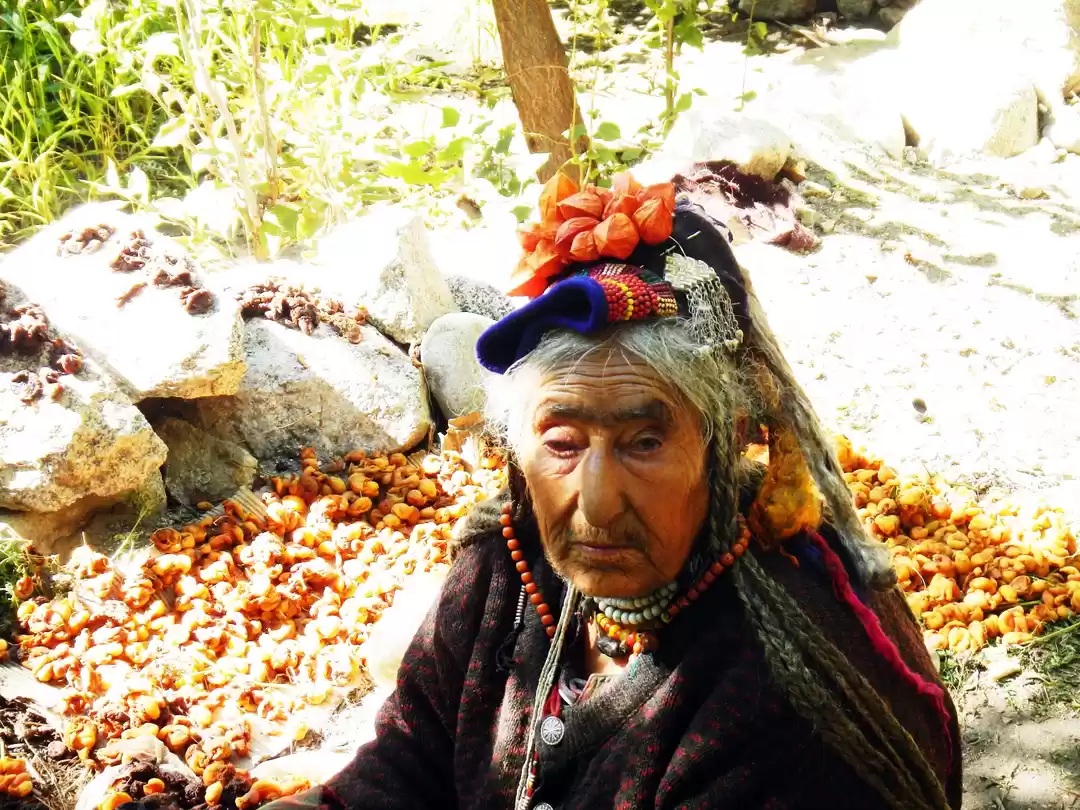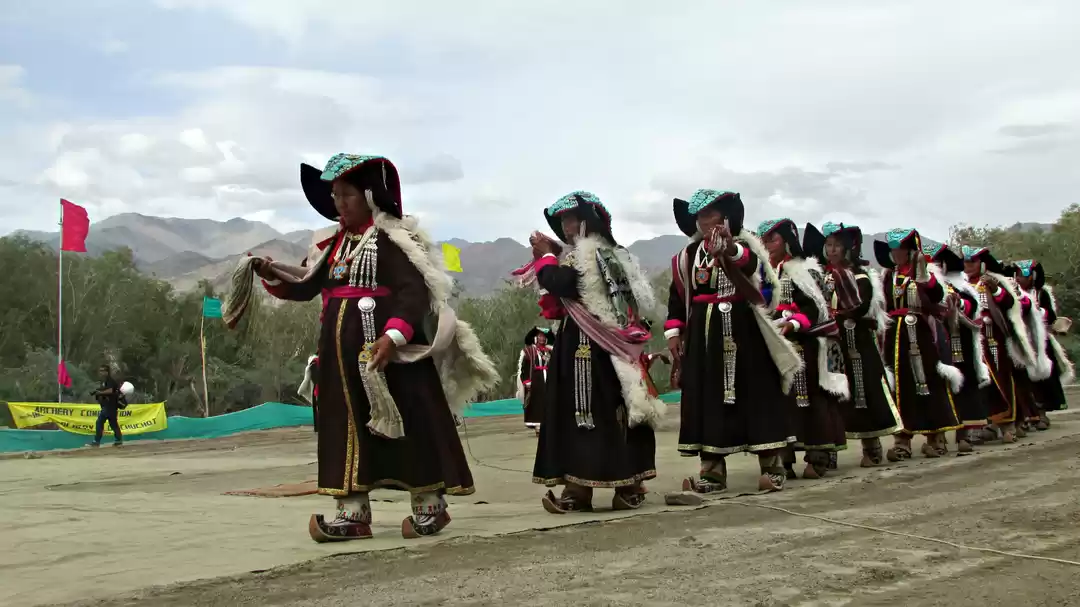
Amongst the small towns of the Leh Drogpa ethnic minority, known for their friendliness, are the charming hamlet of Dha (or Dah).
In Leh and the regions of Kargil, the Dard Aryans inhabit the villages of Dha, Hanu, Beema, Darchik and Garkone. The villages are together called the Aryan valley.
The inhabitants of this area have outstanding features, social life, ethnic culture and language. Many researchers believe that the ‘Aryans of Ladakh’ or the ‘Brokpas’ were a part of Alexander’s army and had come to the region over 2,000 years ago.
History

Ladakh is split into five different areas. Central, Changthang, Zanskar & Lower Ladakh, Nubra valley. The valley of Aryans falls towards the lower part of Ladak. The Leh Road to the Arian Valley leads to the Lower Ladakh regions, to the Dah Hanu villages and Parkachik to the Ladakh region. Garkone Village is part of the district of Kargil.
We will find interesting stuff in it if we follow the history of Ladakh. Three human species, the Mongols, the Brokpas and the Mons, who immigrated into Ladakh, were pointed out by historians. The Mongolians were from Tibet, Brokpas from the west of Asia and Mons from the Kulu-Manali side.
The Aryan village or Valley of the Aryans has gained a mystical meaning to be an unusual place in the Kargil and Ladakh valleys. Therefore, it’s gaining importance recently and has been on the tourist map.

You may reach various settlements in the Aryan Valley by driving west of Leh to the motorway. The river Indus moves northwest along the Khaltse Kargil road, and you may go along the same river to the Aryan valley. It currently has decent access to the whole valley at around 160 km from Leh.
Due to their depleted numbers, which is currently about 4,000, the tribe is classified as “endangered.” They primarily rely on agriculture and are “behind economically and educationally.”
Marriage with outer people is prohibited from society to maintain the gene pool intact. Now Dard males migrated to other areas of the region and married outside the tribe (in quest of livelihood)






